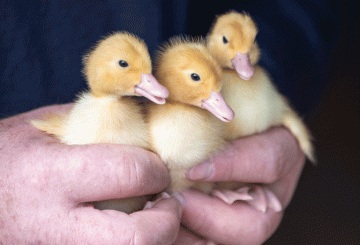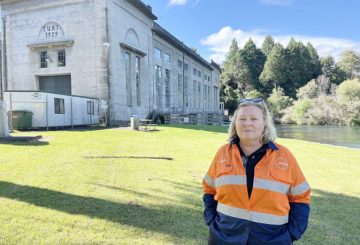Sebuah perusahaan tambang Australia telah mengajukan kembali permohonan persetujuan sumber daya untuk pengembangan pasir mineral di West Coast, yang menurut mereka akan menghasilkan jutaan dolar bagi West Coast namun hanya memiliki dampak lingkungan yang ringan.
TiGa Minerals and Metals ingin melakukan penambangan terbuka di Barrytown, sekitar 30 km sebelah utara Greymouth, untuk mengekstraksi ilmenit, zirkon, emas dan garnet, mineral yang semakin banyak dicari dan digunakan di bidang manufaktur berteknologi tinggi, serta untuk cat dan bahan lainnya.
Permohonan pertama ditolak tahun lalu karena kurangnya informasi yang memadai mengenai potensi dampak lingkungan dan bahaya sosial lainnya dari tambang tersebut.
Direktur utama Robert Brand mengatakan bahwa perusahaan telah melakukan lebih banyak pekerjaan dan konsultasi selama setahun terakhir untuk menyelesaikan masalah ini, dan untuk menetapkan kelayakan komersial dan lingkungan dari usaha ini.
Brand mengatakan bahwa perusahaan juga telah meminta agar permohonan tersebut diberitahukan kepada publik sehingga ada transparansi informasi dan pihak-pihak yang berkepentingan dapat berpartisipasi.
Sebuah laporan yang ditugaskan oleh TiGa memperkirakan bahwa proyek ini akan menghasilkan lebih dari 130 pekerjaan langsung dan pekerjaan pendukung, 34 juta dolar AS per tahun untuk upah dan pengeluaran lokal, dan ketika beroperasi penuh, 63 juta dolar AS per tahun untuk ekspor.
Setiap bagian dari situs yang ditambang akan dipulihkan untuk mengembalikannya menjadi lahan pertanian yang produktif.
Brand mengatakan bahwa usaha ini diperkirakan akan menelan biaya $75 juta, yang mungkin akan diperoleh dari penjualan saham dan pencatatan saham di bursa efek di Australia, dan mungkin juga di Selandia Baru.
Ia memperkirakan proses persetujuan sumber daya akan memakan waktu sekitar enam bulan, dan harapannya adalah untuk mulai bekerja pada akhir tahun ini dan mulai berproduksi pada akhir 2024 atau awal 2025.
Kredit: radionz.co.nz




























































